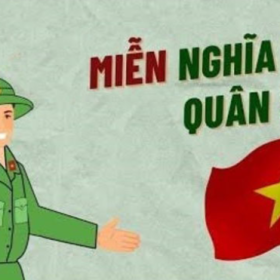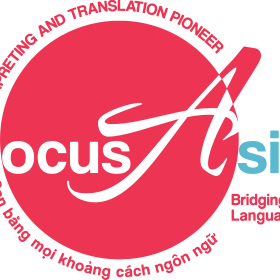What is translation and interpretation?
1. Definition
Translation is the communication of meaning from one language (the source) to another language (the target). Interpretation is the facilitation of spoken or signed language communication between users of different languages. Translation refers to written information, whereas interpretation refers to spoken information.
Translation and interpretation are considered as intellectual products. Different concentration levels of a translator can produce different products. Furthermore, there are also low quality products translated by inexperienced and unskilled groups or freelance translators. Each word is decided by translators so it may wright and wrong. The probability of making mistakes is as much as the number of words that need translating. As a result, translators need to ensure about the quality of the translations otherwise it will lead to undue consequences.

Translation methods
1. Word for word translation
The source language (SL) word order is preserved and the words translated by their most common meanings. Cultural words are translated literally. The main use of this method is either to understand the mechanics of the source language or to construe a difficult text as pre- translation process.
2. Literal translation
The SL grammatical construction are converted to their nearest target language (TL) equivalents but the lexical items are again translated out of context. As pre- translation process, it indicates problems to be solved.
3. Faithful translation
It attempts to reproduce the precise contextual meaning of the original within the constraints of the TL grammatical structures. It transfers cultural words and preserves the degree of grammatical and lexical deviation from SL norms. It attempts to be completely faithful to the intentions and the text- realisation of the SL writer.
4. Semantic translation
It differs from faithful translation only in as far as it must take more account of the aesthetic value of the SL text, compromising on meaning where appropriate so that no assonance, word play or repetition jars in the finished version. It does not rely on cultural equivalence and makes very small concessions to the readership. While ” faithful translation” is dogmatic, semantic translation is more flexible.
5. Communicative translation
It attempts to render the exact contextual meaning of the original in such a way that both language and content are readily acceptable and comprehensible to the readership.
6. Idiomatic translation
It reproduces the message of the original but tends to distort nuances of meaning by preferring colloquialisms and idioms.
7. Free translation
It reproduces the matter without the manner, or the content without the form of the original. Usually it is a paraphrase much longer than the original.
8. Adaptation
This is the freest form of translation mainly used for plays and poetry: themes/ characters/ plots preserved, SL culture converted to TL culture and text is rewritten.
What is “notarized translation” ?
Notarized translation is the process of transliteration of documents with legal seal of district authorities into a target language subject to customer’s demand and certified accurate translation compared to the origin by such authorities (Governmental notary)
The process of notarized translation
The process of notarized translation of documents complies with the provisions of Article 61 of the Notaries Public Law 2014 (effective since 1 January 2015) as follows:
1. The process of translating documents and documents from Vietnamese into foreign languages or in reverse for notarization shall be effected by translators who are certified collaborators of the notarization practice organizations. Collaborators must be graduates of universities of foreign languages or other universities with fluency in foreign languages. The translators must take responsibilities before the notarization practice organization for the accuracy and appropriateness of the contents of his / her translations.
2. Notaries will receive originals of papers, documents to be translated, examine and then hand over to the translators for translation. Translators must sign each page of the translations before the notaries print the testimony and signs each page of the translations.
Each page of the translations must be stamped with “Translation” in the blank space on the top right corner. The translations must be attached with a copy of the original documents and stamped on adjoining edges of pages.
3.The testimony of the notaries on the notarized translations must clearly state the time and place of notarization, the names of the notaries, the name of the notarization practice organization; full names of translators; confirmation of the authentication of signatures of the translators in the documents; confirmation of the accuracy of contents of the translations not contrary to the law and social ethics; signatures of the notaries and official seal of the notarization practice organizations.

In addition to having a strong language proficiency to translate the contents of a document accurately, the translators must be knowledgeable and abide by the laws of the Socialist Republic of Vietnam

Besides, Focus Asia Translation and Interpretation also notarize translated documents. The quotation for this service is 50% translating cost.
The payment methods
Customers can pay the fee via cash or bank transfer. Customers normally deposit 50% of the notarization fee then the company will collect the remaining money after handing over the translation to them.












